| A | B |
|---|
| Air Pressure | The force with which air presses down on Earth's surface,  |
| Biosphere | The part of the earth's crust, waters, and atmosphere that supports life., 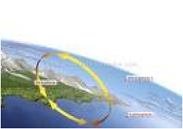 |
| Convergent Boundary | A tectonic boundary where two plates are moving toward each other. If the two plates are of equal density, they usually push up against each other, forming a mountain chain. If they are of unequal density, one plate usually sinks beneath the other in a subduction zone., 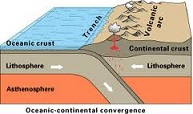 |
| Ecliptic | The great circle representing the apparent annual path of the sun, 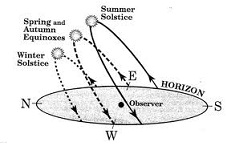 |
| Fossil Fuel | Materials such as coal that are burned to release their chemical energy, 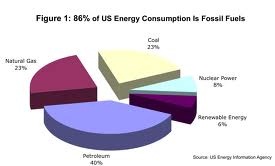 |
| Heliocentric | Measured or considered as being seen from the center of the sun., 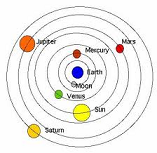 |
| Light-Year | The distance that light travels in one year, about 9.46 trillion kilometers, 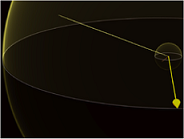 |
| Milky Way | The galaxy containing the solar system; consists of millions of stars that can be seen as a diffuse band of light stretching across the night sky., 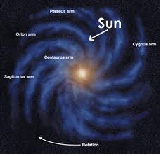 |
| Oil | A thick, black, liquid fossil fuel, found trapped underground; also called petroleum, 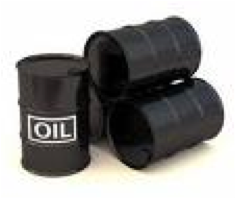 |
| Porosity | An objects ability to soak things up, 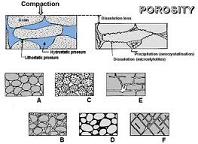 |
| Renewable Resources | Natural resource that can be replaced in nature at a rate close to the rate at which it is used, 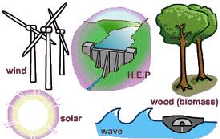 |
| Shadow Zone | A region of the subsurface from which seismic reflections cannot be detected because their ray-paths do not emerge to the surface., 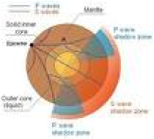 |
| Storm | A natural disturbance in the atmosphere that involves low air pressure, clouds, precipitation, and strong winds, 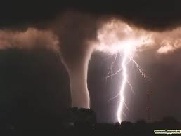 |
| Tornado | A violent whirling wind, sometimes visible as a funnel-shaped cloud., 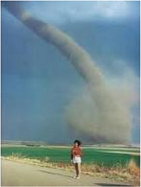 |
| Viscosity | The property of a fluid that resists the force tending to cause the fluid to flow. The measure of the extent to which a fluid possesses this property., 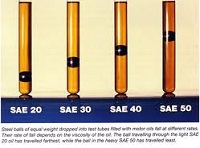 |
| Year | A period of 365 or 366 days in the Gregorian calendar divided into 12 calendar months, 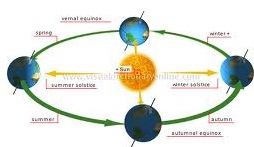 |